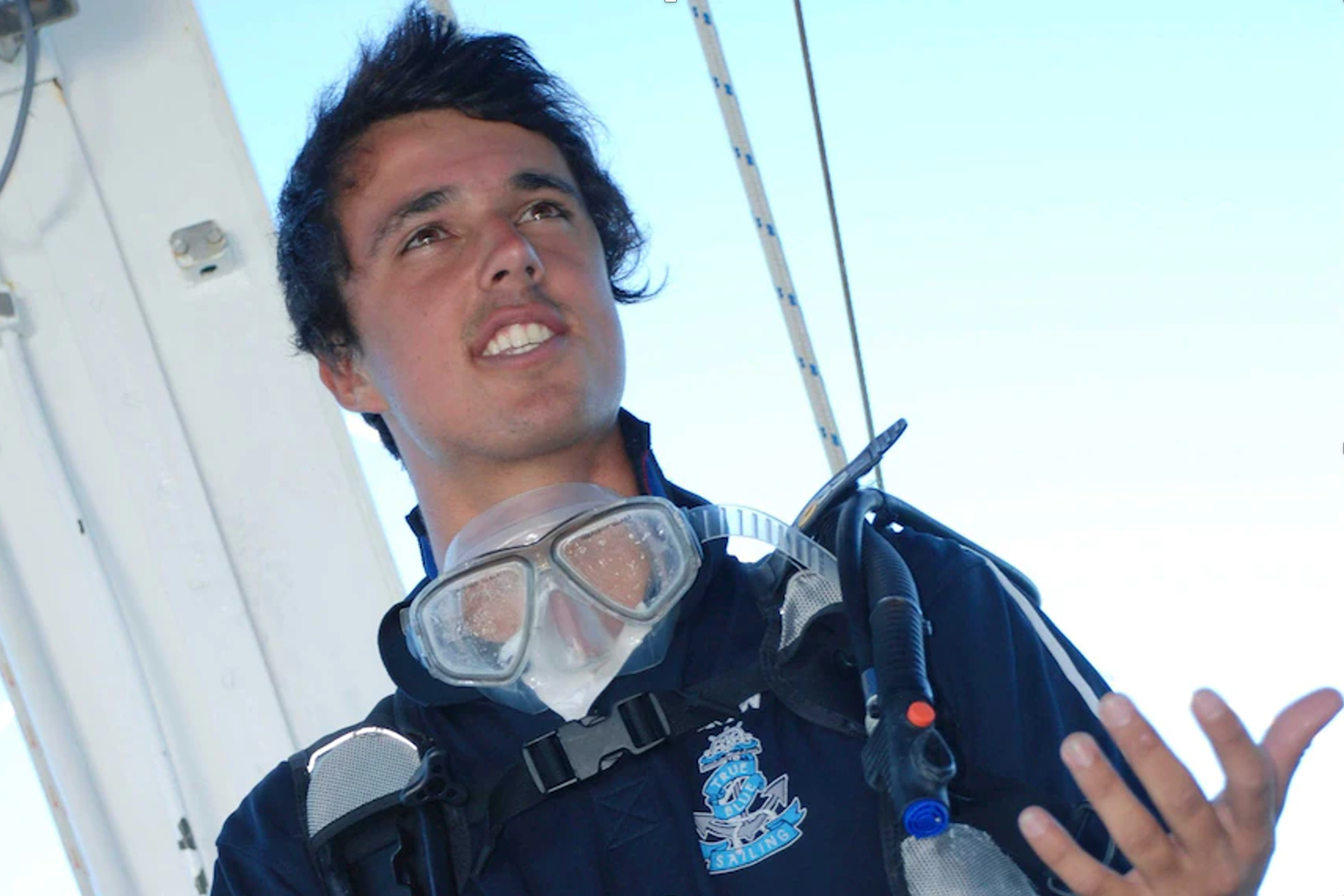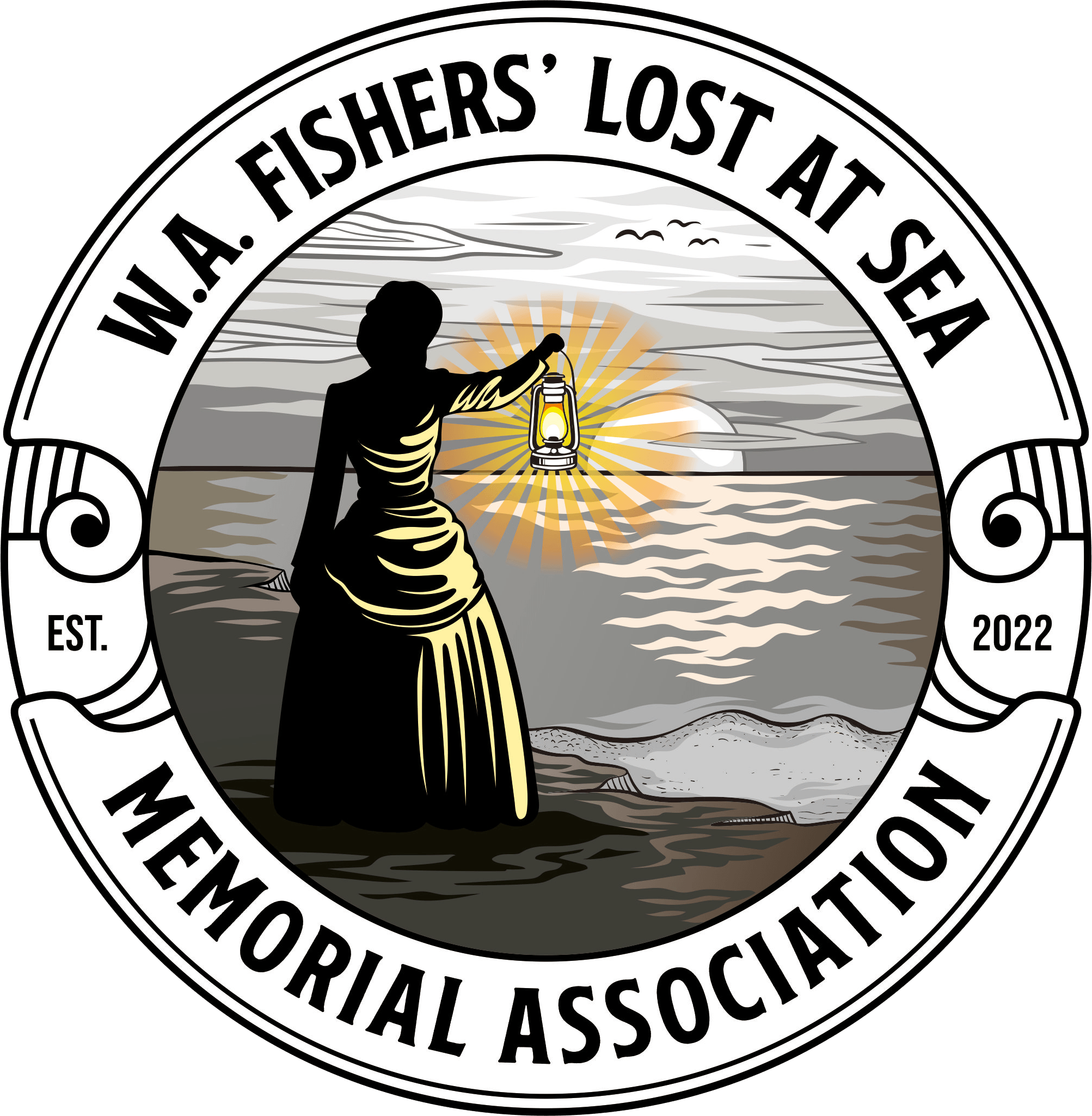Jarrod Arthur Hampton
Vessel Name: Paspaley II
Jarrod Arthur Hampton
Death by drowning from an uncontrolled ascent
14 April 2012

Jarrod Arthur Hampton
Jarrod Arthur Hampton grew up in Melbourne. He was a popular young man from a close-knit family, with two younger brothers. He played all manner of sports, finally settling on beach volleyball, which he played in the Australian National Championships for five years.
He finished school in 2007, and went on to acquire qualifications in dive instruction, emergency first aid instruction and resort management. He worked as a dive instructor and deckhand on a charter boat, including tall ship sailing vessels in Queensland. In 2011, he went cave diving in Guatemala and Mexico.
When he got home, Jarrod underwent right shoulder surgery to repair an old football injury from 2008. He was born with a deficiency of his right pectoralis major muscle.
In 2012, at the age of 22 years, Jarrod travelled to Darwin to be certified medically fit, and started his induction training with Paspaley's along with other new divers.
One of those was Joe, and he and Jarrod talked about earning as much as they could in the four-month drift season, so they did not have to work for the remainder of the year.
Between 1980 and 2012, Paspaley's had completed approximately 524,335 dives with one fatality in 1989. After that incident, Dr Robert Wong, dive and hyperbaric medicine specialist, led research into increased safety for drift divers and changes were made to increase diver safety. However, due to the low risk of diver injury, at that time there was no procedure in place for retrieval of an injured diver.
Jarrod joined the crew of Paspaley ll, as it steamed to Broome in March 2012. Jarrod acquired a pearl diver’s licence from the Fisheries Department in time for the pearl shell diving season opening on 14 March 2012.
There was a delay to the start for drift diving because of a cyclone, and then the wait for the next neap tide. There are two neap tides per month, when tidal movement is minimal and visibility is better. On 12 April 2012, the Paspaley ll left Broome and headed 160 kilometres south to Eighty Mile Beach to begin the search for live shell oysters.
Paspaley ll was skippered by Ron Watson and the head diver was Sam Morton. On board with Jarrod were engineer Jamie Hulme, divers Shane Stanford, Jayde Theodore, Anthony Thiel, Joe Sinclair, deckhand Alex Evans and the vessel’s domestic crew member, Julia Wiebe.
Paspaley ll was built specifically for drift diving. Divers are pulled through the water at approximately one knot of speed. Eight work-lines, weight-lines and air lines spaced three metres apart run down to the sea bed from booms extended from the sides of the vessel. Divers carry a net bag around their neck to hold shells they pick up. Net bags are emptied into a big bag attached to the top of each weight line. Big bags are taken to Line One to be winched up onto the boat at the end of each dive.
Divers complete eight, or nine, dives per day, and each dive is between 45 and 60 minutes with rests of 20 minutes between dives. Divers are paid by the shell. Ron told the new divers to focus on diving safely, and not on the amount of shell caught.
On 13 April 2012, the divers carried out nine dives without incident. Jarrod was on the second starboard line (Line Two) with Sam next to him on Line One. Sam told Ron he was impressed with Jarrod’s diving and confidence in the water.
On his second day of diving, Jarrod was moved to Line Three to allow Sam to keep an eye on another new diver. The fourth dive of the day was called off when a “mud monster” occurred (when the silt is stirred up and significantly reduces visibility).
Jarrod lost his work line in the poor visibility, but when Sam entered the water to find him, Jarrod had regained his line and was making his way back to the boat. Jarrod told Jayde he had almost drowned, however he was composed and was happy to dive again.
The eighth dive that day started at 3.25pm, with Jarrod on Line Three. He had collected 15 shells and was seen working without apparent problems. His equipment was functioning and he had a “bail out bottle” of emergency air, if he needed it.
After about 30 minutes, Alex and Julia alerted the skipper that a diver had surfaced and called for help. He re-surfaced and shouted again and then sank below the surface. Ron slowed the boat and the divers were recalled. Jamie went on deck to help and sent a second recall message. Divers returned to Line One for decompression, except Jarrod.
The deck crew pulled Jarrod to the boat by his airline and with a combined effort the crew got him aboard. Jarrod had foam at his mouth and was lifeless. The Clare sent Tom Kelly, one of Paspaley's employees in a boat to help, and then Clare made her way to the Paspaley ll.
Ron started resuscitation, and then Sam took over while Ron called Paspaleys. He was told to prepare oxygen and adrenaline, but wait for medical authority to administer them. Dr Wong was contacted and he advised Ron to use the oxygen and adrenaline and continue resuscitation. After 15 minutes Ron called Dr Wong and told him there was no carotid pulse after resuscitation and Dr Wong advised him to cease resuscitation.
Tom brought a body bag from the Clare to Paspaley ll, and they started the seven-hour trip back to Broome.
Post mortem examination and forensic pathology from three dive and hyperbaric medicine specialists from Australia and America resulted in various possible scenarios for Jarrod’s drowning.
His depth gauge showed two rapid ascent alarms for that day, one on dive three and one on the final dive. Jarrod’s mouth piece had its lugs bitten off. It is possible his reduced pectoral muscle and shoulder surgery may have had a part to play. It is possible panic may have caused rapid ascent.
For some unknown reason Jarrod came up too quickly and experienced barotrauma (‘the bends”). He had an air bubble, which caused a stroke, and drowned while unconscious and breathed in salt water. His death was ruled an accident (misadventure).
WorkSafe and Police investigations resulted in Paspaley’s being charged with failing to provide and maintain a safe working environment for its employees. It was determined that in Jarod’s case, there was no chance of survival due to the stroke. There was concern for the time it took to recover a diver, who might be saved in similar circumstances. Paspaley’s pleaded guilty to the WorkSafe charge, and in 2015 were fined $60,000.
Procedures were changed at Paspaley’s in July 2012 as a result of Jarrod’s death. If a diver ascends and does not make a thumbs up sign, a recovery drill is immediately implemented.
More intensive fitness testing is applied prior to employment, and more dive and first aid qualifications are required across the crew. New divers have more on-the-job-training with fewer dives and increased supervision. Paspaley boats have two deckhands aboard the back of the boat so they can maintain constant watch, and one has rescue swim qualifications. And a new signalling system means that a diver can alert all crew if they require assistance.
New codes of practice have been developed across the industry, including installation of Oxy-viva and defibrillation equipment onboard dive vessels.
